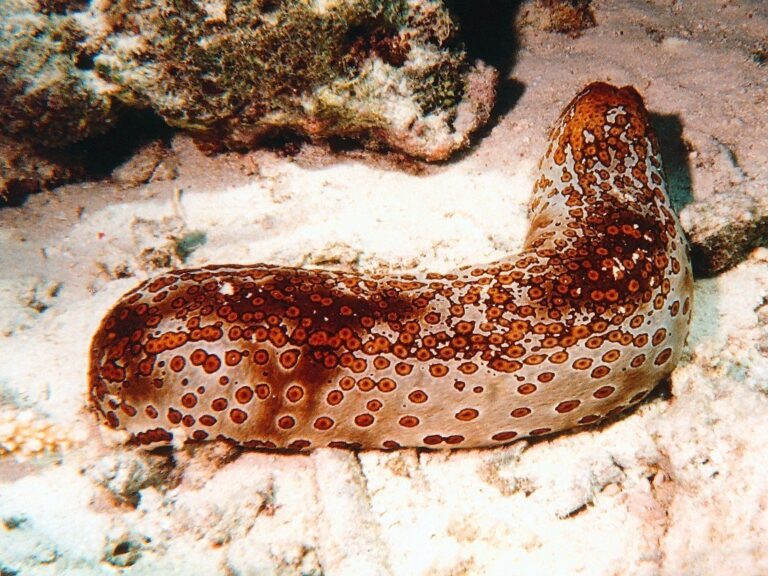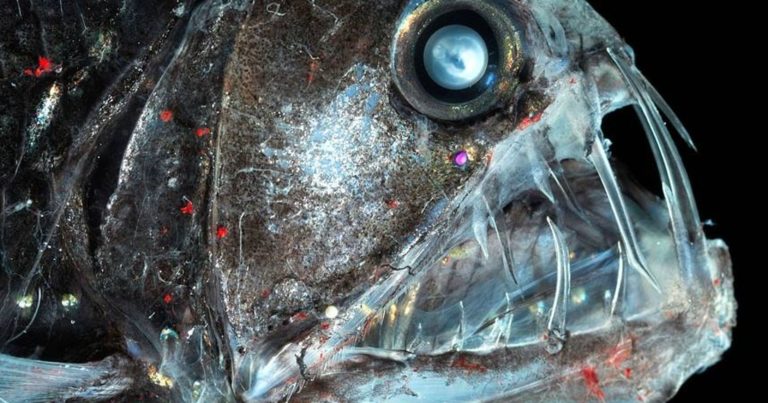10 Harmless Sharks You Can Safely Swim With
Sharks have long been seen as the terrors of the deep — dangerous predators that should be avoided at all costs. But the truth is, not all sharks pose a threat to humans. In fact, many species are peaceful ocean dwellers that would rather snack on small fish and plankton than come anywhere near people.
Here’s a list of 10 harmless sharks that you can safely swim or dive near — no need to panic if you spot one!
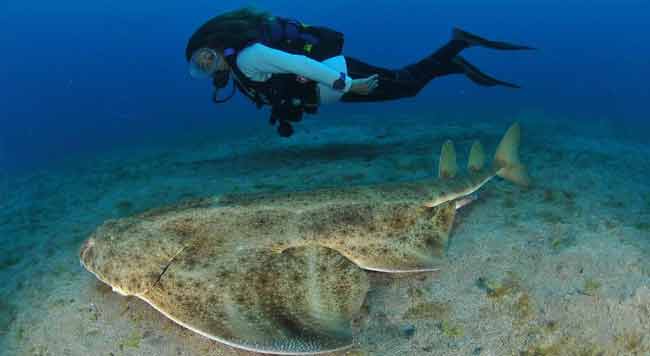
1. Angelshark (Squatina squatina)
Also known as the European Angelshark, this flat-bodied shark is a master of camouflage. It spends most of its time buried in the sand along the ocean floor, waiting to ambush small fish, mollusks, and crustaceans.
Despite its sharp teeth and strong jaws, the angelshark is not aggressive toward humans. As long as it’s left alone, it poses no threat. The only time it might bite is if it’s accidentally stepped on — and even then, injuries are typically minor.
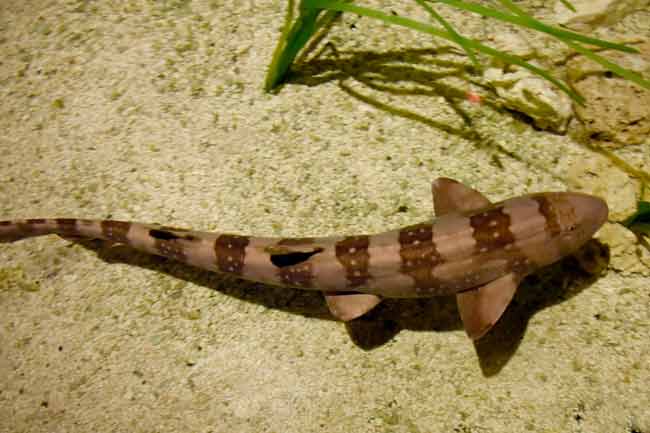
2. Brownbanded Bamboo Shark
Native to the warm, shallow waters of Southeast Asia, brownbanded bamboo sharks (also called white-spotted catsharks) rarely grow longer than 1.2 meters. These gentle bottom dwellers are so docile that divers can often touch or even pet them without fear.
They feed mainly on small invertebrates and fish, and some people even keep them as pets in home aquariums.

3. Basking Shark
Despite being the second-largest fish in the ocean, the basking shark is a true gentle giant. These massive filter feeders swim with their mouths wide open, collecting plankton and tiny fish — and completely ignoring humans.
Basking sharks can be found in temperate waters around the world, from northern boreal seas to warm coastal areas. They may look intimidating due to their size and gaping mouths, but they are completely harmless.
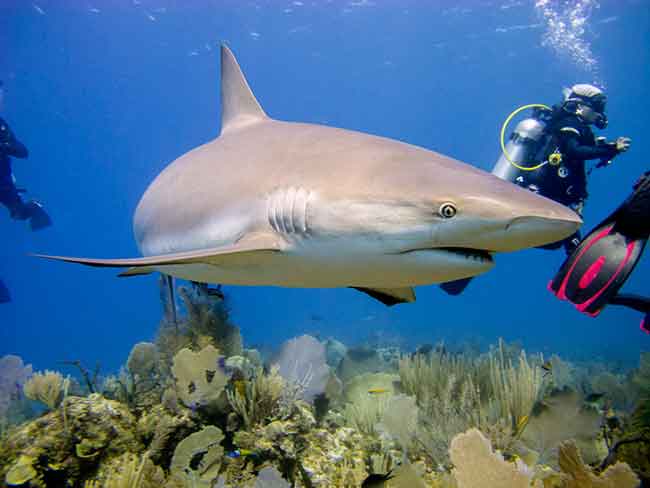
4. Caribbean Reef Shark
Caribbean reef sharks may grow up to 3 meters long, and their presence can be startling to swimmers at first glance. But these sharks are mostly indifferent to people.
In fact, divers often interact with them during feeding sessions, and reef sharks tend to associate humans more with food delivery than as food themselves. Some even seem to enjoy resting in underwater caves or “dancing” when feeling threatened — a twisting movement thought to confuse predators.
Despite their size and hunting skills, Caribbean reef sharks frequently swim alongside small fish that follow them for leftovers — a win-win partnership in the ocean.
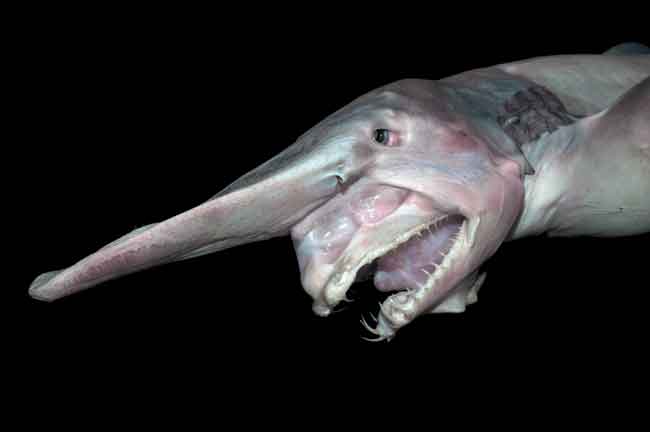
5. Goblin Shark
The goblin shark looks like something from a nightmare, with its protruding jaw and razor-sharp teeth. But don’t let its terrifying appearance fool you — this deep-sea dweller is not a threat to humans.
Goblin sharks live in extreme depths, far from human activity. They feed on fish, rays, squid, and crustaceans, and there has never been a recorded case of a goblin shark attacking a person.

6. Leopard Shark (Triakis semifasciata)
Leopard sharks are common in the shallow coastal waters of California, often swimming in areas where people wade or snorkel. Despite their fierce appearance and sharp markings, they are shy and avoid human interaction altogether.
These sharks feed on crabs and small fish and are more likely to swim away than confront anything larger than them. They’re considered one of the safest shark species to swim near.
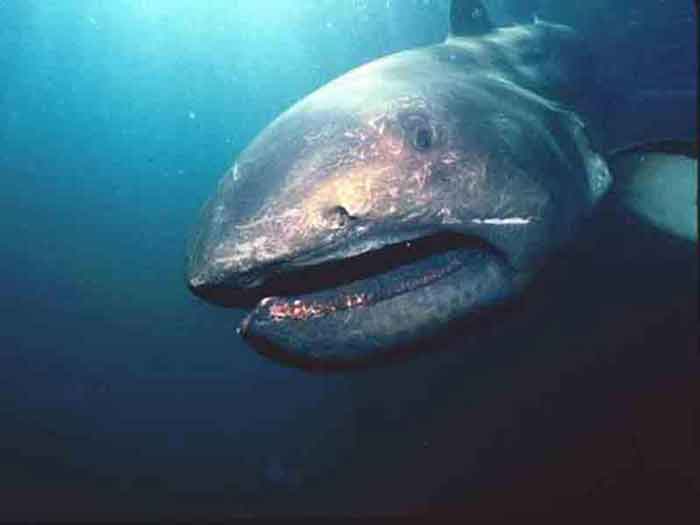
7. Megamouth Shark
This rare species is known for its oversized mouth — but don’t worry, it’s filled with tiny teeth and used only to catch plankton and jellyfish.
Fewer than 100 megamouth sharks have ever been observed, making them one of the ocean’s least-understood animals. They swim slowly through open water, filtering plankton as they go, and almost never encounter people.
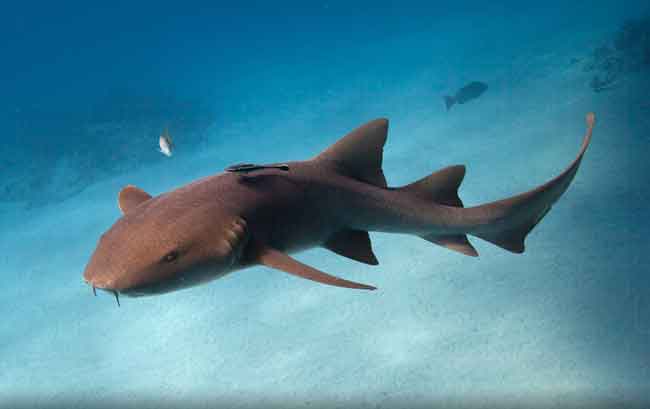
8. Nurse Shark
Nurse sharks are slow-moving, bottom-dwelling sharks that often rest in groups on the ocean floor. Though they can grow over 4 meters long and have thousands of tiny serrated teeth, they are generally mild-mannered.
That said, nurse sharks can bite in self-defense if provoked or stepped on — but otherwise, they’re perfectly safe to swim or dive with. Just give them their space, and they’ll leave you alone.
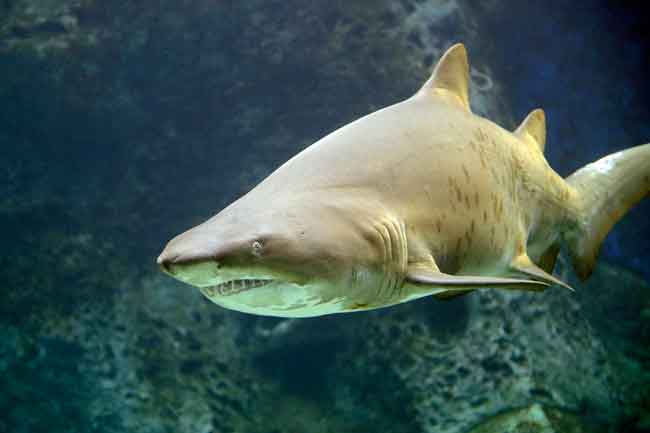
9. Sand Tiger Shark
Don’t be fooled by their jagged, protruding teeth — sand tiger sharks look far more menacing than they really are. Often seen swimming slowly with their mouths slightly open, these sharks are actually quite docile.
They are found in temperate and subtropical waters around the globe and spend much of their time resting on the sea floor or cruising for small fish. Unless provoked, sand tigers are unlikely to show aggression.
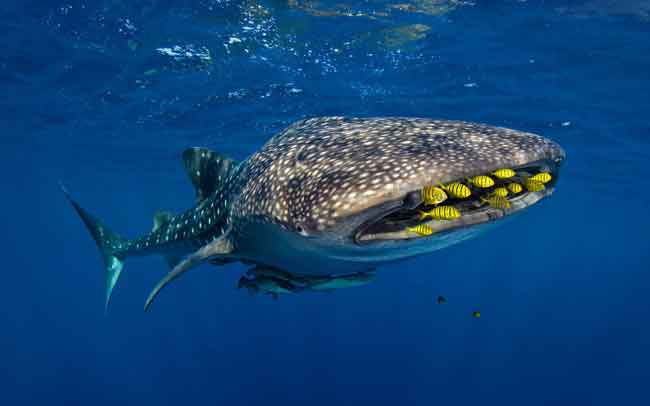
10. Whale Shark
The whale shark is the largest fish in the sea, and yet it couldn’t be more harmless. These peaceful giants have massive mouths and thousands of teeth, but they’re exclusively plankton feeders.
Whale sharks are filter feeders that gulp down tiny organisms like krill and plankton — humans simply don’t fit the menu. In fact, these sharks are known for their friendly behavior, often allowing swimmers to snorkel alongside them in tropical waters like the Philippines, Honduras, Thailand, and the Maldives.
The Takeaway
While sharks are often portrayed as dangerous predators, many are gentle and harmless creatures that pose no threat to humans. In fact, swimming or diving with some of these species can be a breathtaking experience.
Understanding which sharks are safe to encounter can help reduce fear and promote conservation — because these amazing animals are far more misunderstood than malevolent.
So next time you’re in the ocean and see a shadow in the distance, take a deep breath — it just might be one of nature’s gentle giants.




